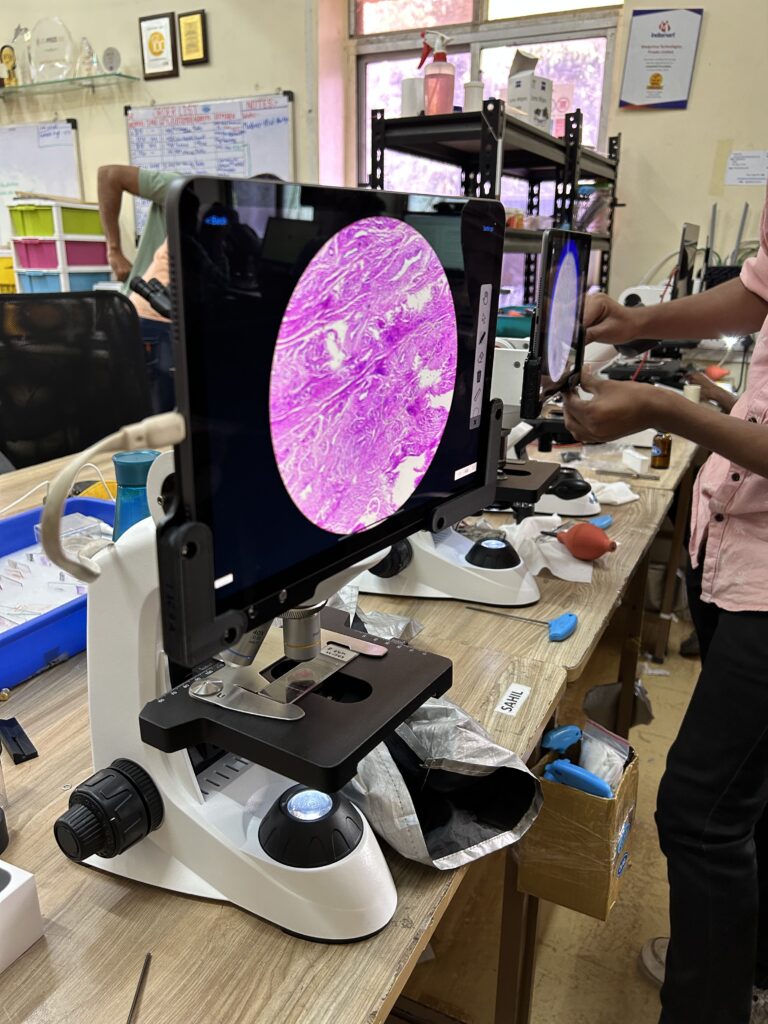
Greeshma Unnikrishnan is the co-founder and Chief Operating Officer of Medprime Technologies. Having embarked on her entrepreneurial journey in 2014, she heads business development and fundraising for MedPrime Technologies. Under her leadership, the health-tech start-up has won several awards and grants for their innovations- Mumbai Entrepreneur Award 2022, Digital Trailblazer: NASSCOM 2022 and Magnetic Maharashtra Startup Awards 2018, to name a few. She holds an MTech degree from IIT Mumbai.


